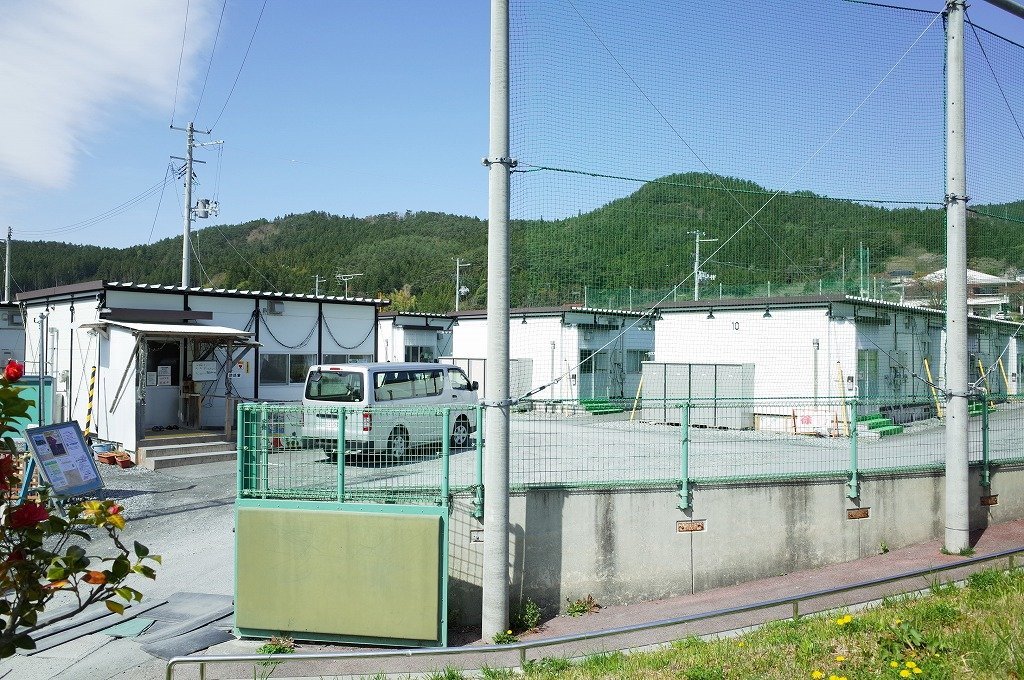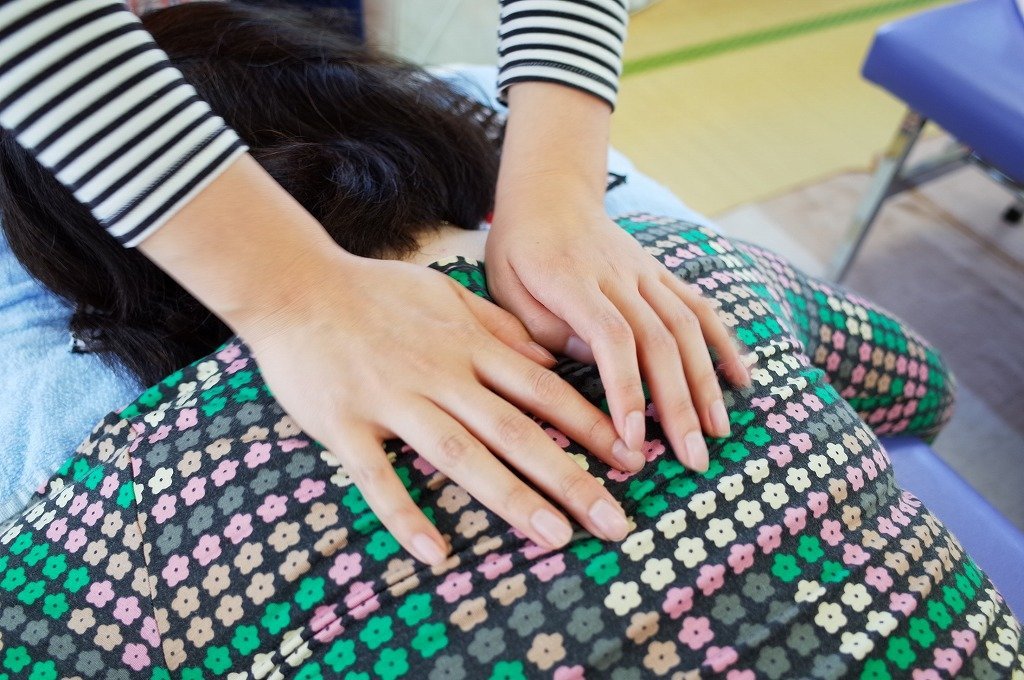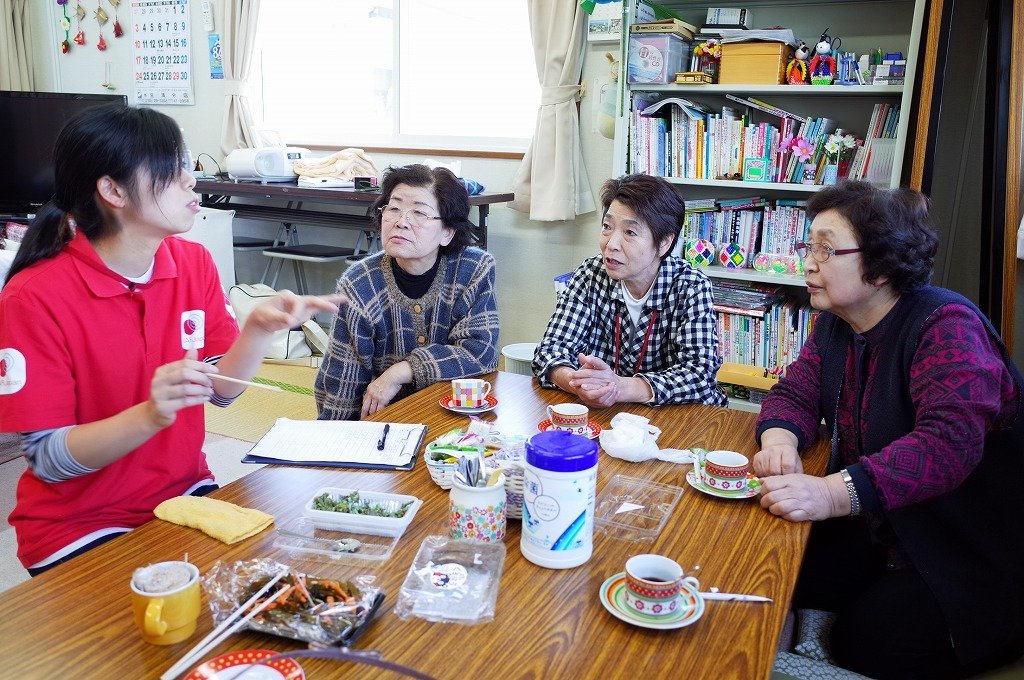![]()
Since the 2011 Tohoku disaster’s immediate aftermath, AAR Japan has maintained its consistent presence in the affected areas to give psychosocial support to the victims and to construct a communal support system of evacuees living in temporary housing. We have implemented a variety of projects, through which engagement with the community prevented social/psychological isolation as well as the long-term accumulation of stress that poses a detrimental threat to the well-being of evacuees.
Shinichiro OHARA, Program Coordinator of AAR Japan Fukushima Project, has stood side by side with the affected persons of Fukushima to overcome a myriad of adversities since the disaster. He reports the recent circumstances surrounding each individual whose future prospect of repatriation varies. He explains how we are trying to secure the attainment of well-connected community in such precarious times.
As of August 2015, there are a total of 107,734 displaced persons evacuated from radiated areas demarcated as evacuation order zone near Fukushima Daiichi Nuclear Power Plant. Uncertainty over the far-reaching ramifications of the nuclear meltdown incident and the ensuing delay on clean-up of radioactive contamination is prolonging the evacuees’ displacement.
Construction of post-disaster public housing is underway at the progress rate of 16 %, making slow yet certain progress. In parallel, a handful of people who decided to resettle outside of no-entry zone have already moved forward with the signing of contract for the construction of new houses and permanent withdrawal from temporary housing. We see bright smiles and hear joyful voices from those who have secured their settlement to restart a new life in a new place. On the other hand, the majority continue to live with ambiguity over resettlement in the face of a stark boost in price for the purchase of estate. Sluggish development of post-disaster public housing also adds another dose of complexity for these people in the process of making important life decisions about their future.
Ms. Minabe from the city of Namie tells us that “My house I used to live prior to the disaster is within the restricted-residence zone[i] because of a high radiation level. Clean-up of radiation around my areaas been conducted except for forests and mountains that are still contaminated. The potency of contamination is barely kept low despite the de-radiation efforts and is expected to rise back to the initial level prior to the clean-up, had the thorough clean-up does not take place effectively.[ii] The unpromising prospect convinced me to finally make a decision to use a financial compensation I had received to buy a new house in the city of Minami Soma. Nonetheless, I have been told that it would be at least three years until the final completion of construction work. This temporary housing is going to be my home until then.”
Another woman from the city of Namie, Ms. Agi tells us that “My house is in a mountain which is also within the designated area of restricted residence. The government tells me I can return home upon the completion of ongoing decontamination efforts but I don’t trust it. When I hear about frequent mechanical errors for which the electric power company should be accountable for making overt efforts in reducing, I fear another disastrous meltdown that might happen even if I move back home, in which case I do not want to move back into my old house in Namie city. Of course I miss my home that holds my precious memory of my husband who deceased before the March 11 catastrophe. I miss him and I miss my home. However I am leaning towards moving to post-disaster public housing in my displacement area. I can hopefully move out of this temporary housing by the end next year. Sometimes I cry out of sadness and helplessness and I cannot stop crying.”
As part of relief efforts for the displaced persons whose lives have been reduced merely to seek hope and comfort from outside, AAR Japan has stood at the center of reigniting a light of vitality in the community. We created a space for ingenuity and creativity in strategizing the sustainable relief mechanism conducive to fostering community solidarity. We have held massage physical therapy sessions, ochakai (tea gathering), handicraft workshop, and visits of counselling, all of which are open to anyone.
We recently sponsored Tohoku traditional potluck (imonikai) at two temporary housing complexes in cooperation with NPO Peace Project, for which displaced persons in temporary housing complexes came together. Imonikai potluck symbolizes the agricultural tradition of Tohoku region, which celebrates harvest of a variety of vegetables upon the arrival of fall. People make miso stew with various ingredients to nourish the body for upcoming cold winter. This is the occasion where friends and families circle around to feel the warmth of the community and reassure the collective solidarity. We had imonikai potluck for two consecutive days from October 10 – 11 in two separate temporary housing complexes and a total number of participants amounted to 210, among which included evacuees from far-away municipally subsidized rental housing complexes who cannot often take part in other activities.
Mr. Wada who participated tells that “Food shared with large company is always good. I had a wonderful time talking with other people who I don’t get to interact with on a day-to-day basis. I know that there are people who are going to move out next spring, but this strong community bond that has been forged among us, evacuees, will not separate us even after we eventually move to different places from the temporary housing. I feel very thankful.”
There are more than 100,000 people still being displaced after 4 years and 7 months since the disaster in 2011. AAR Japan will continue to stand by them and provide support they need.
[i] “Restricted- residence zone” refers to areas under the restriction order of the government, which allows short-lived return on an hourly basis in efforts to advance work on clean-up, de-radiation, rebuilding infrastructure. It does not allow over-night stay.
[ii] Targeted de-radiation areas are limited to a radius of 20 m stretching outward from concentrated residential areas, failing to cover the entire contaminated field. De-contamination efforts are not pursued for non-targeted areas, including forests and mountains. In exceptional cases, contaminated areas on the periphery that pose a dire threat becomes subject to the de-contamination efforts.
![]()
![Share on Twitter]()
![Share on Facebook]()


